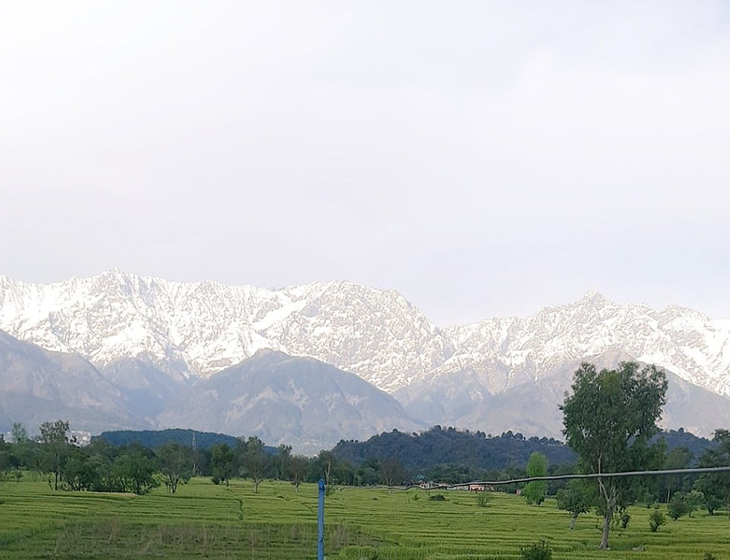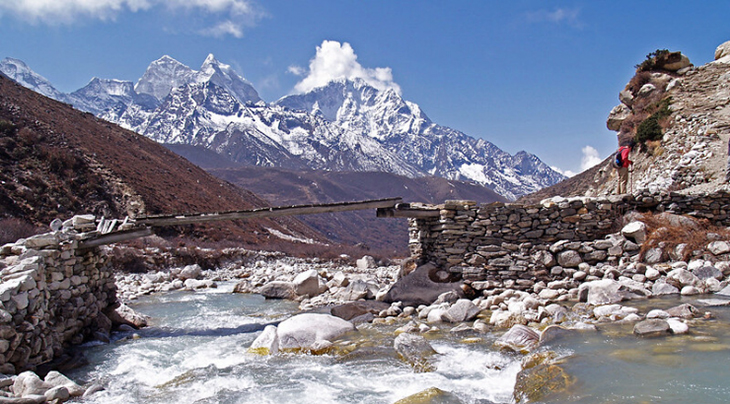
For the first time since it was last witnessed 30 years ago, the snow-covered mountain range of Dhauladhar in India is visible to the locals because of the huge decrease in pollution levels because of the strict measures of self-quarantine to avoid the coronavirus spread within the country.
SBS reported that for many of the citizens, the clear view of the Dhauladhar Range – which means “White Range,” and other parts of the Himalayas is something that they have never experienced in their whole lives.
Of course, many shared this amazing view and their pleasant surprise on social media, including the former Indian cricket player Harbhajan Singh (@harbhajan_singh), who tweeted:
https://twitter.com/harbhajan_singh/status/1245992859263594497
“Never seen Dhauladar range from my home rooftop in Jalandhar. Never could imagine that’s possible. A clear indication of the impact the pollution has done by us to mother earth.”
Singh Seechewal, anti-pollution activist also told SBS that:
“We can see the snow-covered mountains clearly from our roofs. And not just that, stars are visible at night. I have never seen anything like this in recent times. Not just normal traffic is off the roads, but most industry is also shut down. This has helped bring the pollution level to unbelievably low levels.”
In a country with a total population of 1.3 billion people, India has been on a strict nationwide lockdown that started last March 22 and will probably lifted on April 14, depending on the circumstances. This draconian decision has ceased a huge movement of the entire population that has been criticized the human rights groups, as well as the private industry claiming it will cause damages to the country and its economy.
The Economic Times recently published an option piece authored by auto company executive Rajiv Bajaj who argues that “virtually no country has imposed such a sweeping lockdown as India has; I continue to believe this makes India weak rather than stronger in combating the epidemic.”
The lockdown includes shutting down of factories, places of worship, markets and small shops, most public transportation and on-going construction projects. With all these not functioning in the past few weeks, it has given the country a temporary respite from the high pollution levels India usually has. Out of the 30 most polluted cities in the world, at least 21 of these cities are in India.

As per CNN reports, India’s government data shows that the New Delhi capital has had a plunge of 71 percent from a harmful microscopic particulate matter known as PM 2.5.
This matter enters the lungs and goes into the bloodstream and vital organs which has caused serious risks to people’s health.
At the same time, the nitrogen dioxide coming from motor traffic and power plants has also fallen at the same percentage.
Reports also shows similar drops in air pollutants in other cities around the country like Mumbai, Bangalore, Kolkata and Chennai.
India is not the only country these days to experience an incredible improvement of air quality because of national lockdowns in order to curb the pandemic. China, European cities, and even the popularly polluted Los Angeles have seen falls in nitrogen dioxide concentrations in the air.

Seechewal who is absolutely shocked with the massive drop in air pollution said:
“I had never imagined I would experience such a clean world around me. The unimaginable has happened. It shows nothing is impossible. We must work together to keep it like that.”
Co-founder of Indian environmental organzation, Care for Air said:
“I have not seen such blue skies in Delhi for the past 10 years …It is a silver lining in terms of this awful crisis that we can step outside and breathe.”
What are your thoughts? Please comment below and share this news!
True Activist / Report a typo


